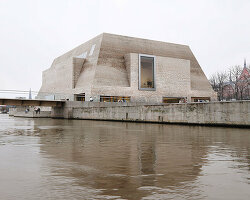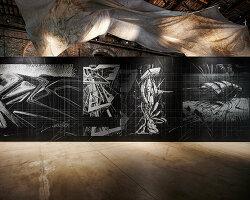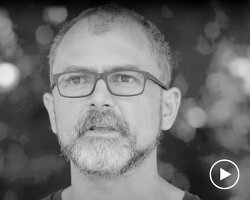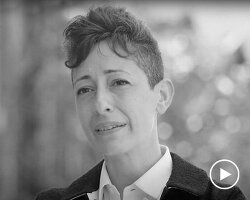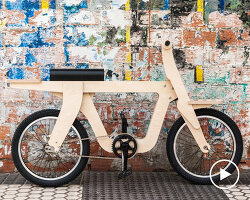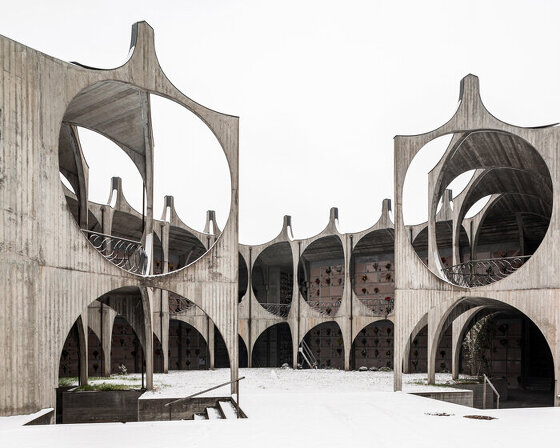at the venice architecture biennale 2021, the danish pavilion is presenting con-nect-ed-ness, an exhibition focusing on people’s connection with each other and with nature. showcasing an installation consisting of a massive cyclic system of water collected locally in venice, visitors are reminded of how architecture as an art form can render the invisible visible while evoking an enduring connection between people and the earth’s elements.
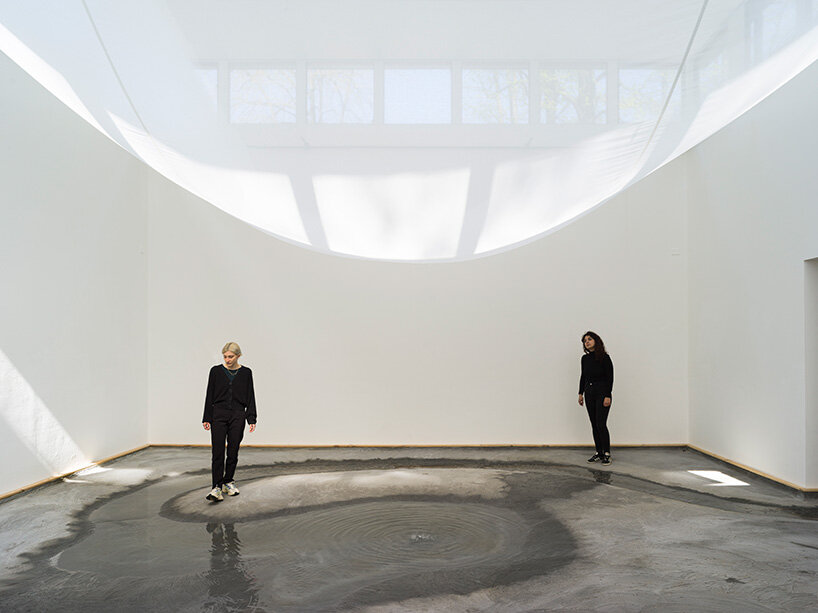
image by hampus berndtson
‘we are living in a time where we clearly experience the climate-related consequences of people having divided the world into separate units for centuries, without understanding that our actions have consequences many thousands of miles away,’ said marianne krogh, curator of the danish pavilion. ‘for better and for worse, with the current pandemic as a disturbing example. the aim of the danish pavilion is to create a space for a new experience of cohesion; where, with their own bodies, visitors can feel the connectedness between us all.’
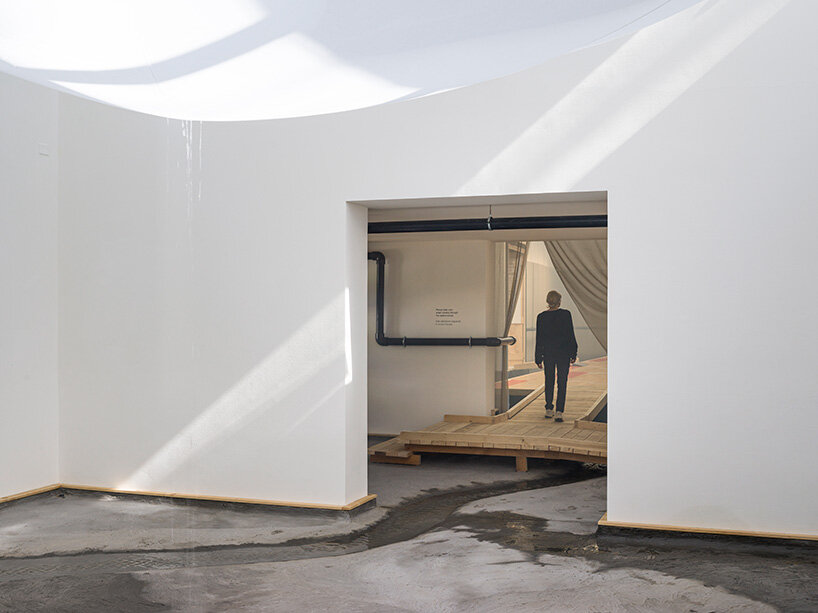
image by hampus berndtson
the danish pavilion has been completely transformed by lundgaard & tranberg architects together with curator marianne krogh. inside, visitors are immersed in nature’s cyclic system, presenting water as the core element. the pipes running throughout the building and the water collection tanks outside are exposed, guiding the visit via the flow of the water. while exploring the spaces of the exhibition, visitors become part of the cyclic system by drinking a cup of tea brewed with leaves from the lemon verbena trees planted in the pavilion. these trees are also part of the extensive cyclic system as they also absorb water from it.
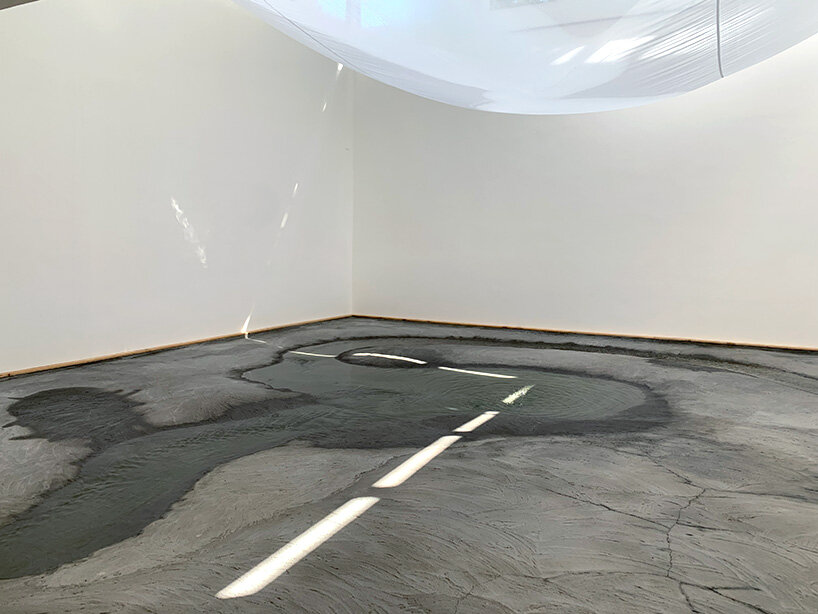
image © designboom
‘as architects, we try to provide answers to how people can live together. we work on the precondition that architecture always stands in relation to nature. in the pavilion, we have sought to make a cyclic system visible, which helps us begin to understand ourselves as part of something bigger. in the best-case scenario, the exhibition can help to make clear that we are all connected and live in reciprocity,’ explained lene tranberg, co-founding partner and architect at lundgaard & tranberg architects.

image © designboom
the exhibition experience arises in the encounter between the visitor, the building and the surroundings, where the power of water’s cyclic system continuously shapes the sensory experience. water in the pavilion is collected on site, and climatic fluctuations will continuously shape the look and feel of the exhibition – for example, parts of the pavilion will be flooded to illustrate that water is at once life-giving, poetic, powerful and uncontrollable. the work comprises connected rooms where the water flows in, becomes part of the exhibition and sensory experience, and then leaves the pavilion again, through bodies, evaporation, photosynthesis, and absorption into the ground.

image © designboom

image © designboom

image © designboom

image by hampus berndtson
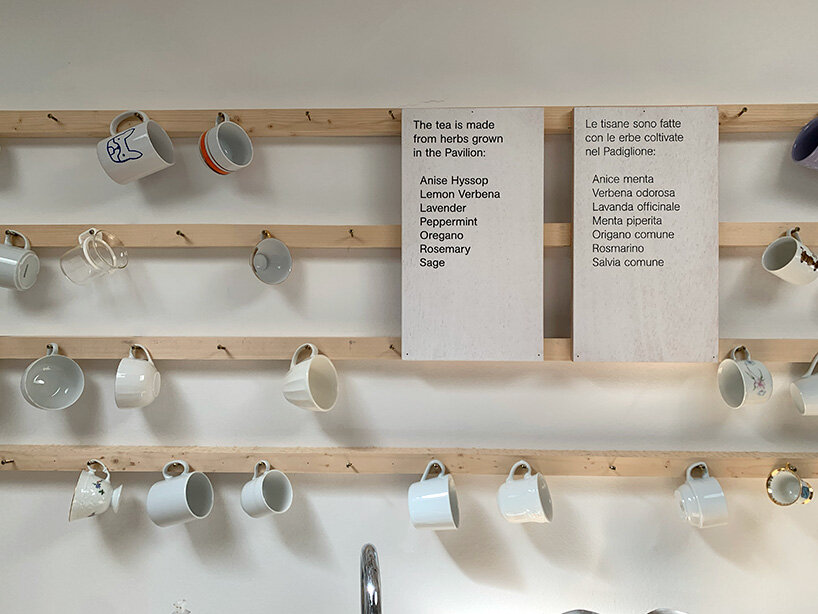
image © designboom
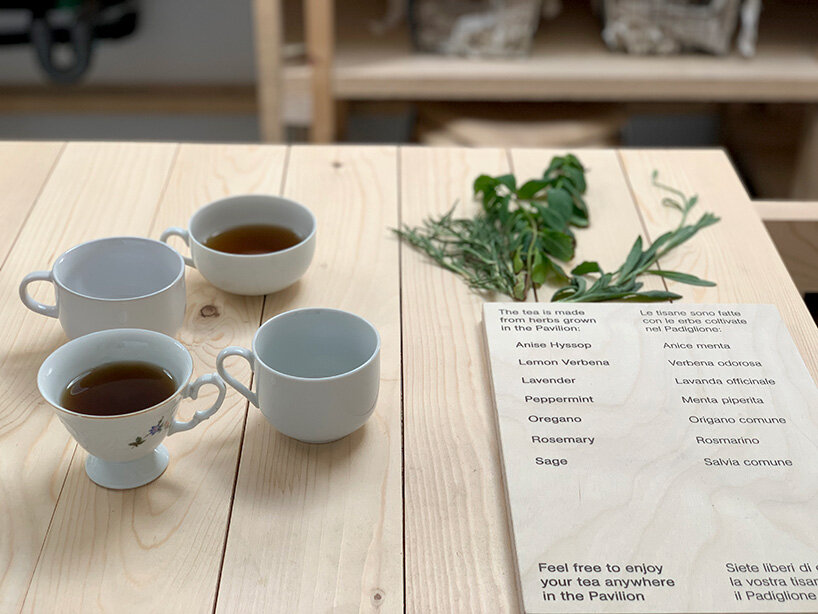
image © designboom
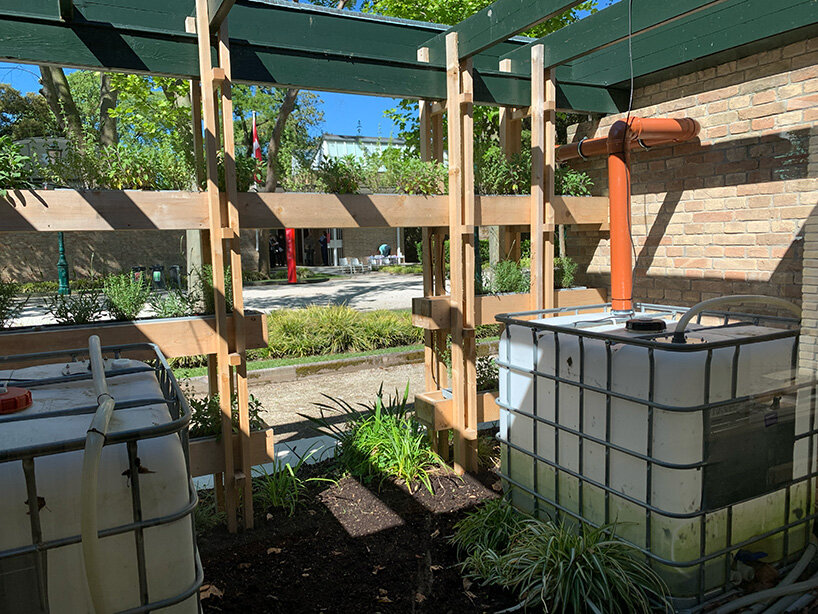
image © designboom

image © designboom
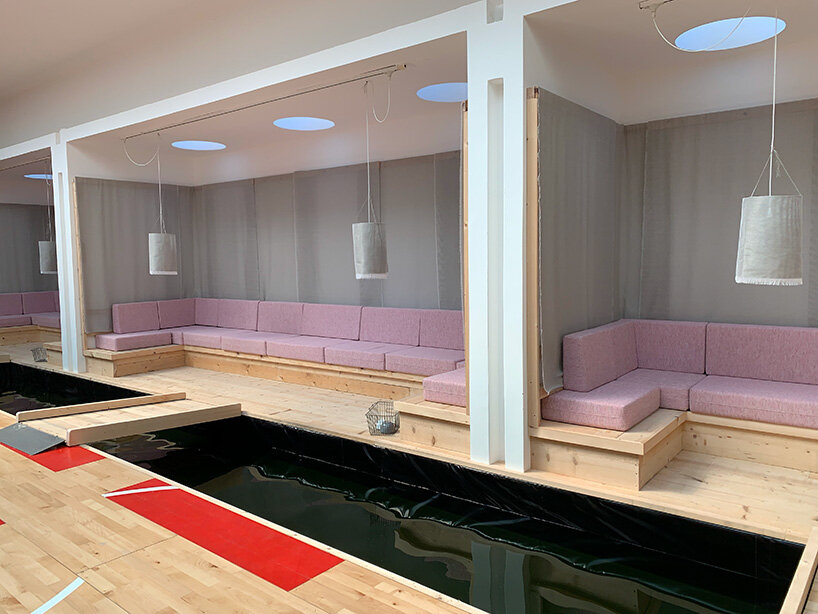
image © designboom
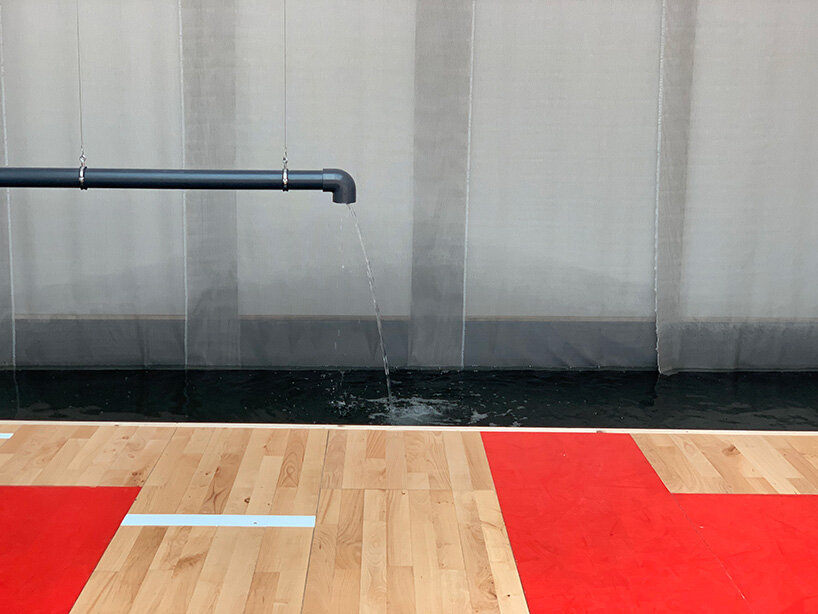
image © designboom

image by luca delise
project info:
name: danish pavilion
location: giardini, venice architecture biennale 2021
architects: lundgaard & tranberg
curator: marinne krogh
